Happy Halloween everyone! Today, there are so many things I want to talk about – Working with Models part II, process demos and studio visits…but it’s Halloween! I am so inspired by the spirit of the season, I just had to follow a different path this time…a dark and treat-laden Hallowe’en-esque one.
Concepts, Critters and Clays
First, here’s a video of a panel talk we did at Lightbox Expo online last month featuring: The Shiflett Brothers – Brandon and Jarrod, Dan Chudzinski, Dug Stanat and Patrick Masson. Apropos to the spirit of Halloween, we chat about creature design, concept development, anatomy, plus a bit about the good, the bad, the ugly and the icky in sculpting materials and methods (including a couple nods to dissections and taxidermy courtesy of Dan Chudzinski).

Last month, Dan Chudzinski, Dug Stanat, Brandon and Jarrod Shiflett and Patrick Masson joined us to chat about our lives in sculpting.
Kassia St. Clair’s “Secret Lives of Color”
Moving on, we have been very much enjoying reading “The Secret Lives of Color” by Kassia St. Clair. I’d highly recommend it to anyone who works with, is curious about or just loves color. The sections are extraordinarily readable – Ms. St. Clair provides a fascinating and thought-provoking journey through the origins, history and (often curious) lore of the colors that decorate our lives and our minds. If there’s an artist on your holiday gift list, this could well be a much loved addition to their library of art books.
In honor of Hallowe’en 2020, I’m including some excerpts from The Secret Lives of Color’s sections on Black and Orange — the colors of the season– plus featuring a number of artworks, historical and contemporary, that explode in celebration of these two colors and demonstrate the remarkable creative power of both.
Black as the Night
“What do you think of when you see the color black? Perhaps a better question would be: what don’t you think of when you see black? Few colors are more expansive and capacious. Like the dark obsidian mirror (page 268) that once belonged to Dr. Dee, look into black and you never know what might look back. It is, simultaneously, the color of fashion and of mourning, and has symbolized everything from fertility to scholarship and piety. With black, things are always complicated.
“…In 1946, Galerie Maeght, an avant-garde Parisian gallery on Rue du Bac on the Left Bank, staged an exhibition called, “Black Is a Color.” It was a statement intended to shock: this was the precise opposite of what was then taught at art schools.
“…A whiff of death has clung to black as far back as records reach, and humans are fascinated and repelled by it. Most of the gods associated with death and the underworld—such as the jackal-headed Egyptian god Anubis, Christianity’s devil, and the Hindu goddess Kali—are depicted with truly black skin, and the color has long been associated with both mourning and witchcraft.
“…Some 12,600 years after Paleolithic fingers and pads of soft leather daubed fine charcoal powder onto the cave walls at Altamira, Leonardo da Vinci favored fine sticks of the stuff. It was one of these that he used to sketch out a softly blended sfumato—from fumo, for smoke—version of what would become his simultaneously mysterious and expressive painting, The Virgin and Child with St. Anne (1503 -19), now in the Louvre.
“…Despite the ubiquity, black has retained both its popularity and it fresh, challenging modernity. Kazimir Malevich’s Black Square, for example, is believed to be the first purely abstract painting…This, for the first time, was art for art’s sake, and a revolutionary idea needed a revolutionary color: black.” ~Kassia St. Clair
In Honor of Orange
“Those who have ever wondered which orange referred to first, the color or the fruit, need wonder no longer. The fruit was probably first cultivated in China, and then gradually spread west, leaving its name scattered in its wake like a carelessly discarded whorl of peel: from nārang in Persian to nāranj in Arabic; then nāranga (Sanskrit), naranja (Spanish), orenge (French), and finally orange in English. Orange as a name for a color only emerged during the sixteenth century; before that English speakers had used the cumbersome portmanteau giolureade or yellow-red.
“…In his book Concerning the Spiritual in Art (1912), Wassily Kandinsky, the Russian abstract artist, wrote, “Orange is like a man, convinced of his own powers.” There is no doubt that orange has a confidence to it.
“…Kandinsky also described orange as “red brought nearer to humanity by yellow.” And indeed, it does seem to be forever in danger of sliding into another color category: red and yellow on either side, brown below.
“…It was the Impressionists who convincingly illustrated orange’s power. The painting that gave the movement its name, Claude Monet’s Impression, Sunrise, has, at its center a bright orange sun. This new school of artists, fired up on new optical theories of color contrasts, made extensive use of orange. Paired with blues (its opposite on the color wheel) the super-bright chrome and cadmium pigments produced zinging contrasts and were employed again and again by artists including Toulouse-Lautrec, Munch, Gauguin and Van Gogh. Whatever the medium, there’s no denying orange’s air of braggadocio.
“…With apologies to Kandinsky, perhaps a better summation of the color would be: “Orange is like a man, desperately seeking to convince others of his powers.” ~ Kassia St. Clair
Wishing you all a happy and creative Halloween!


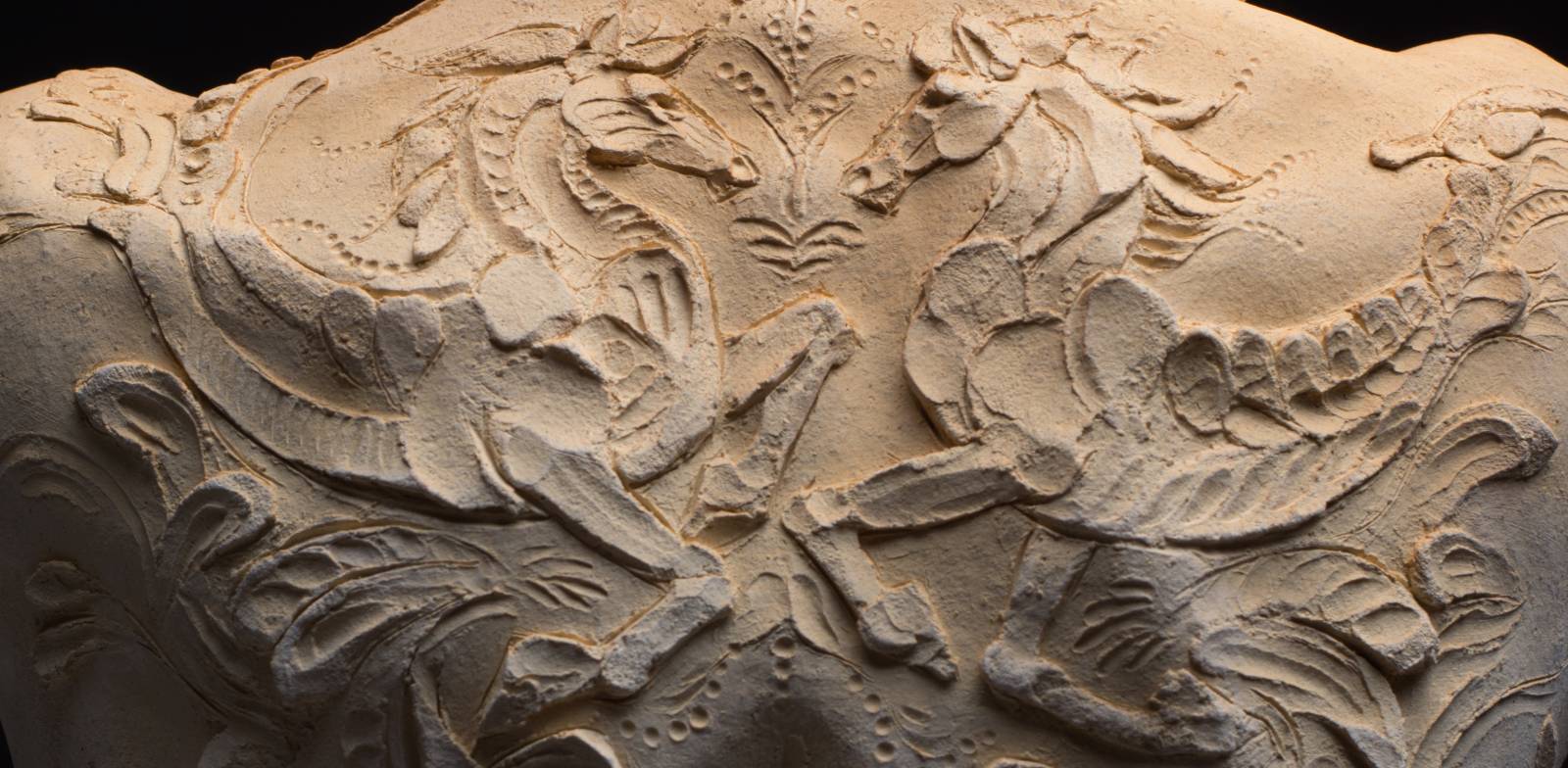
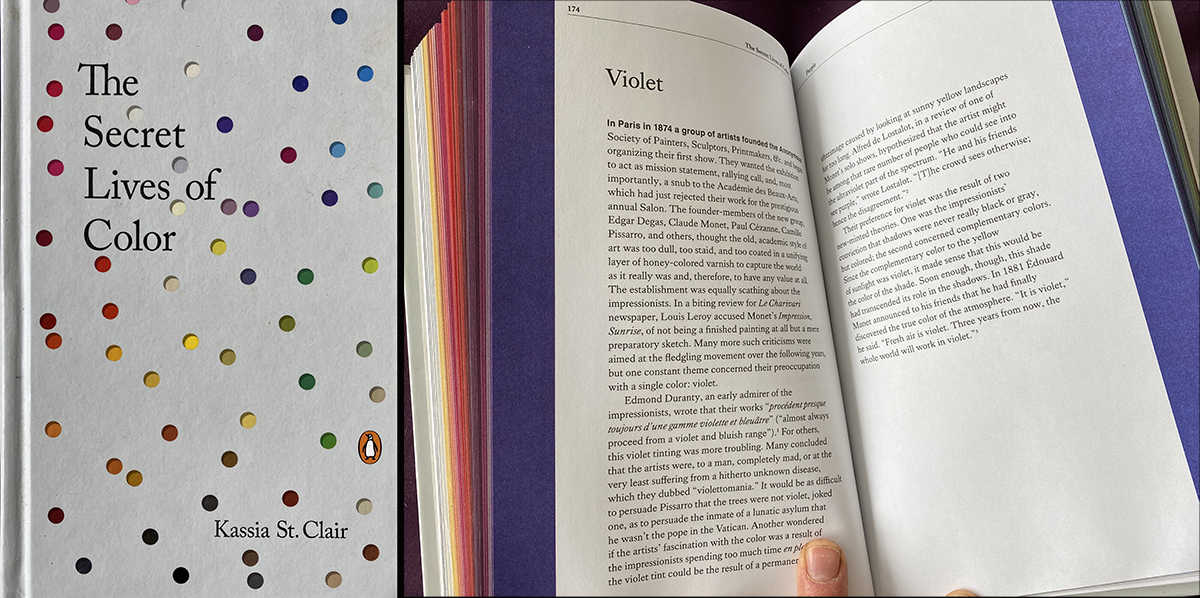
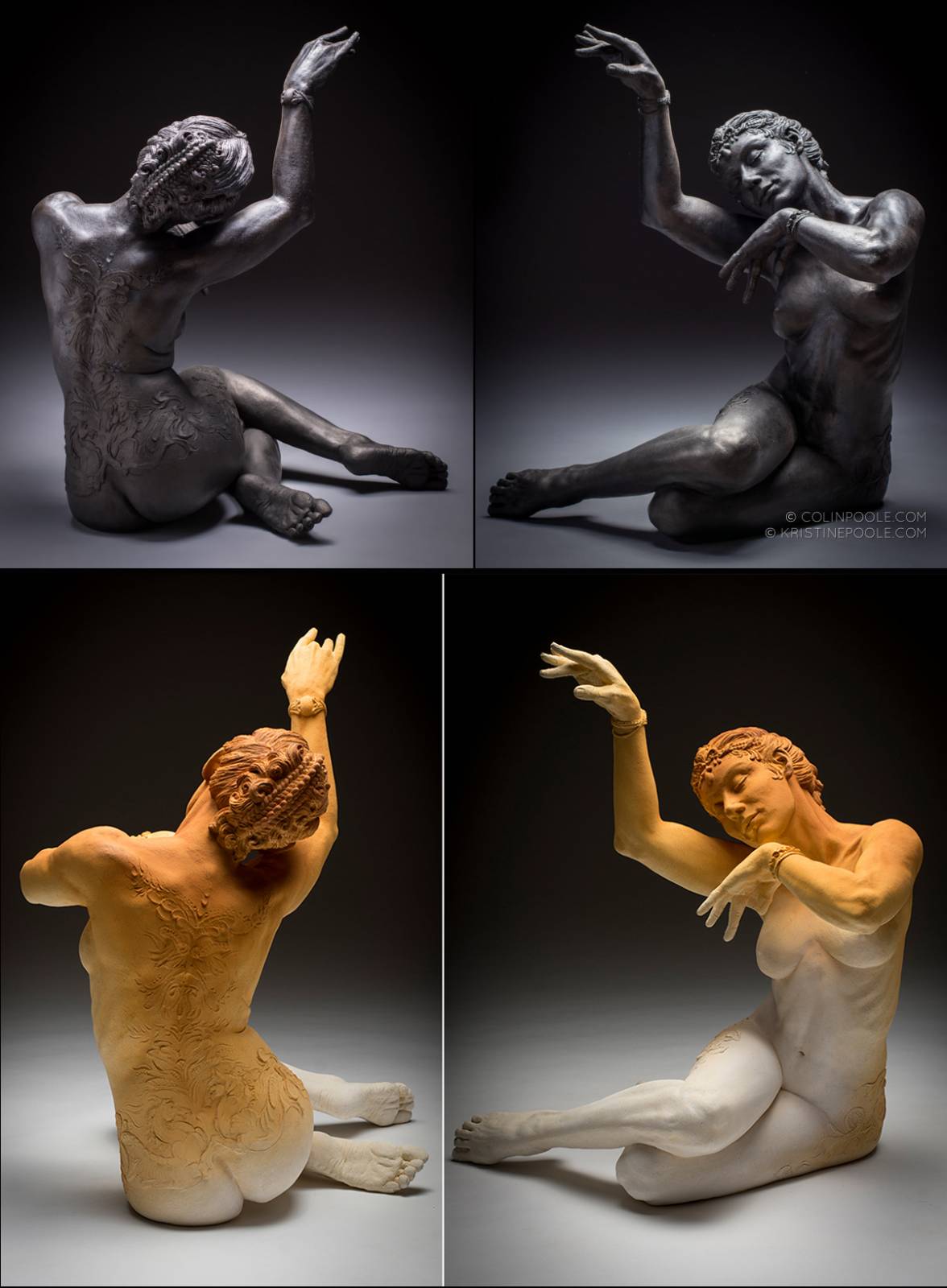
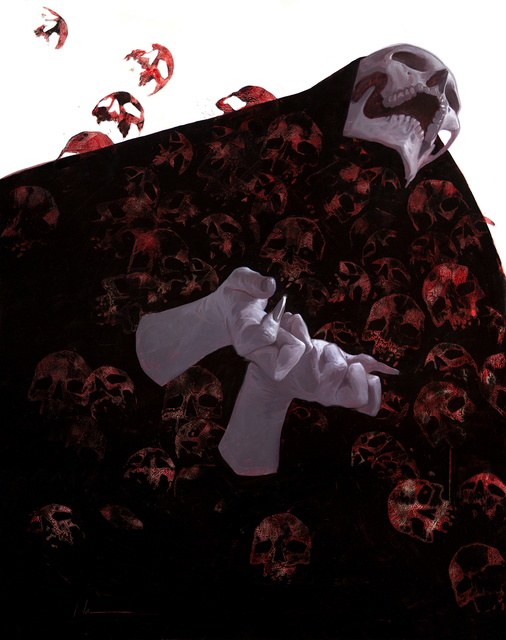
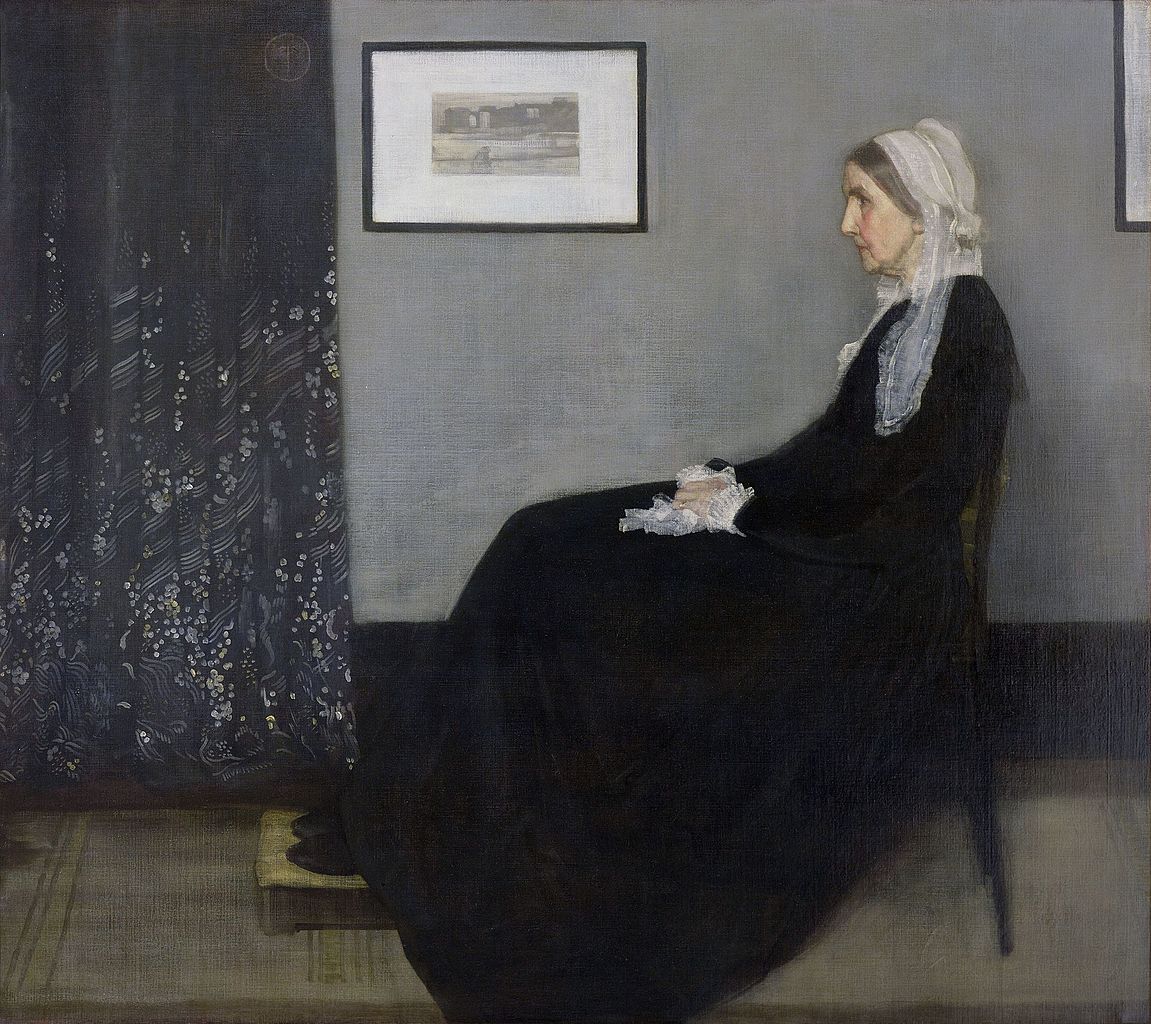
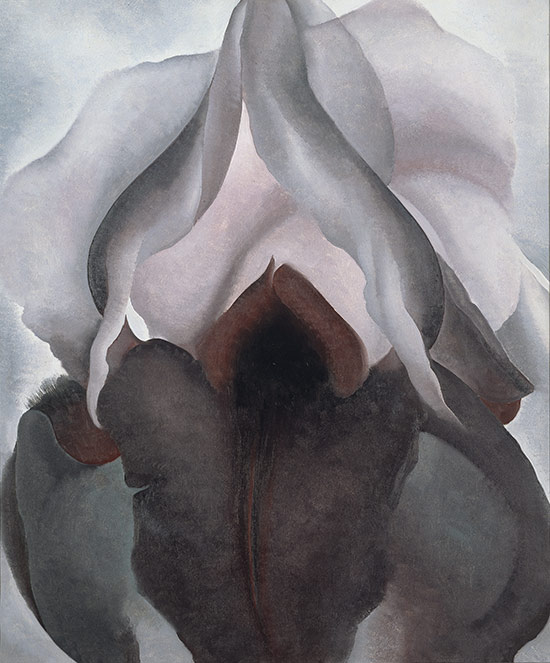
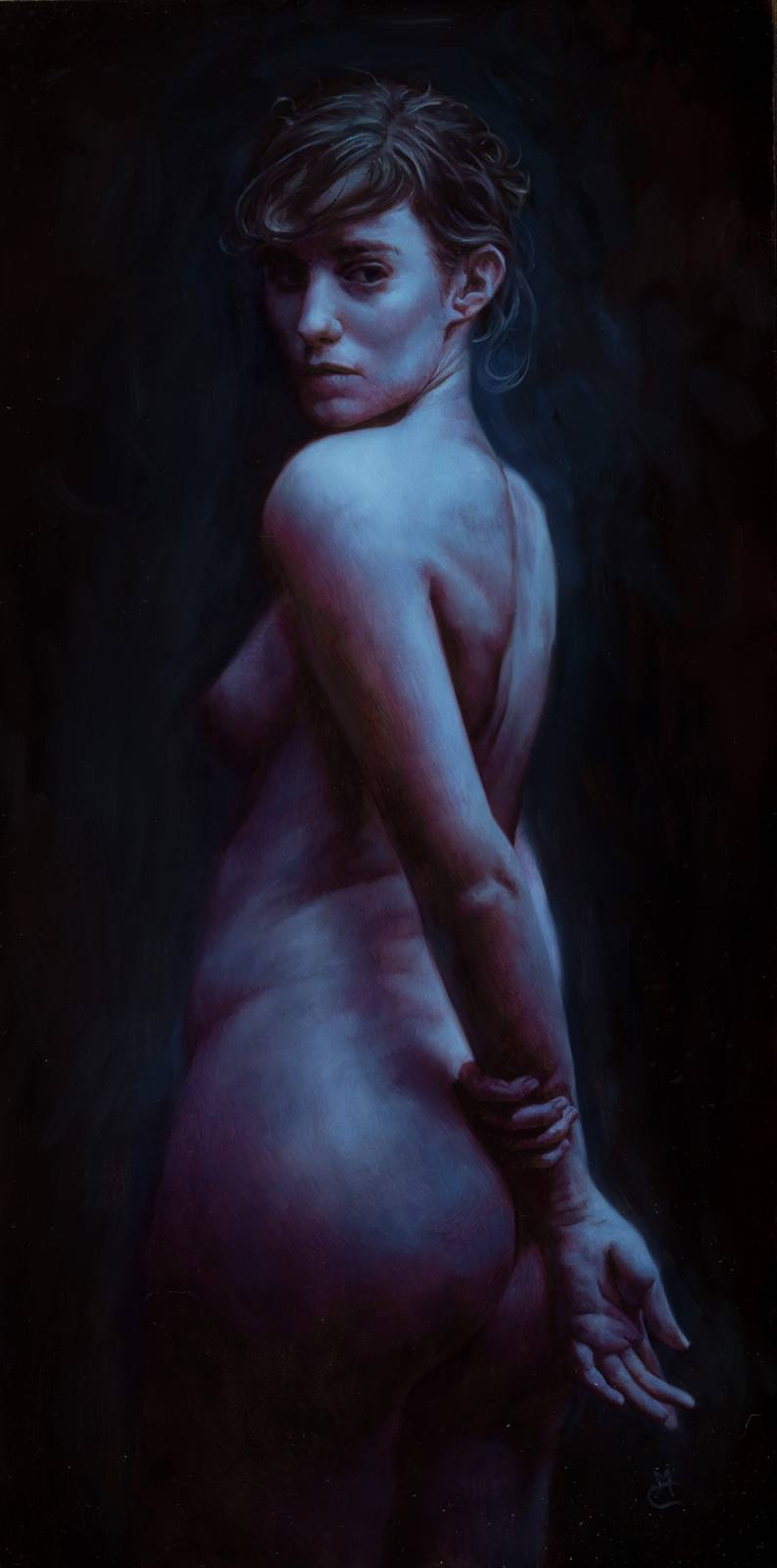

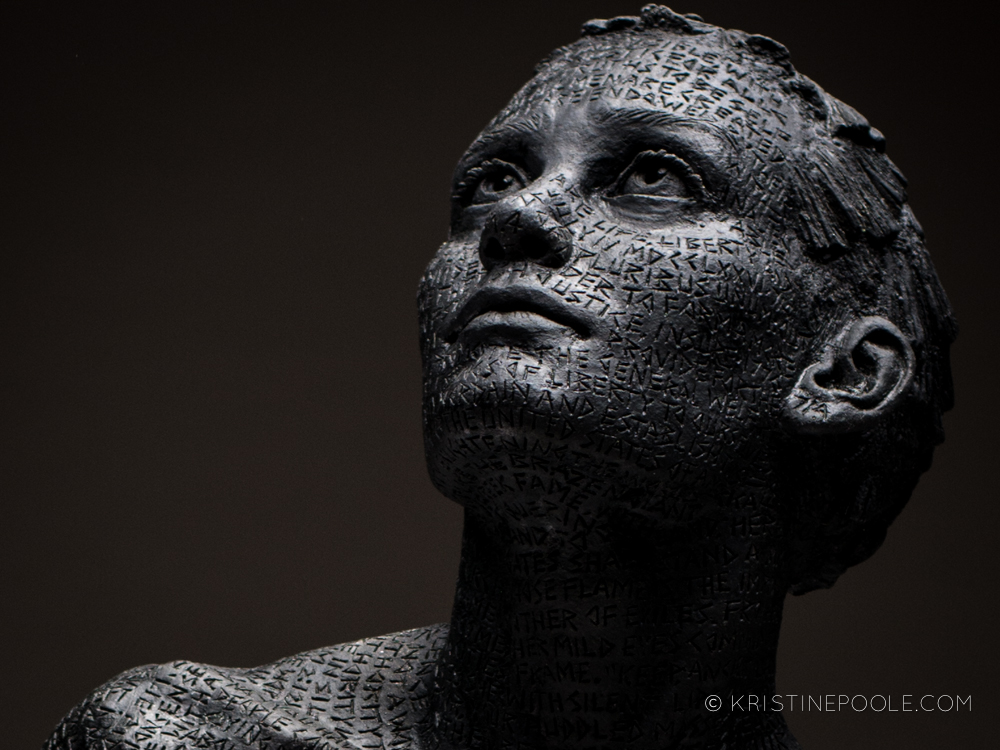

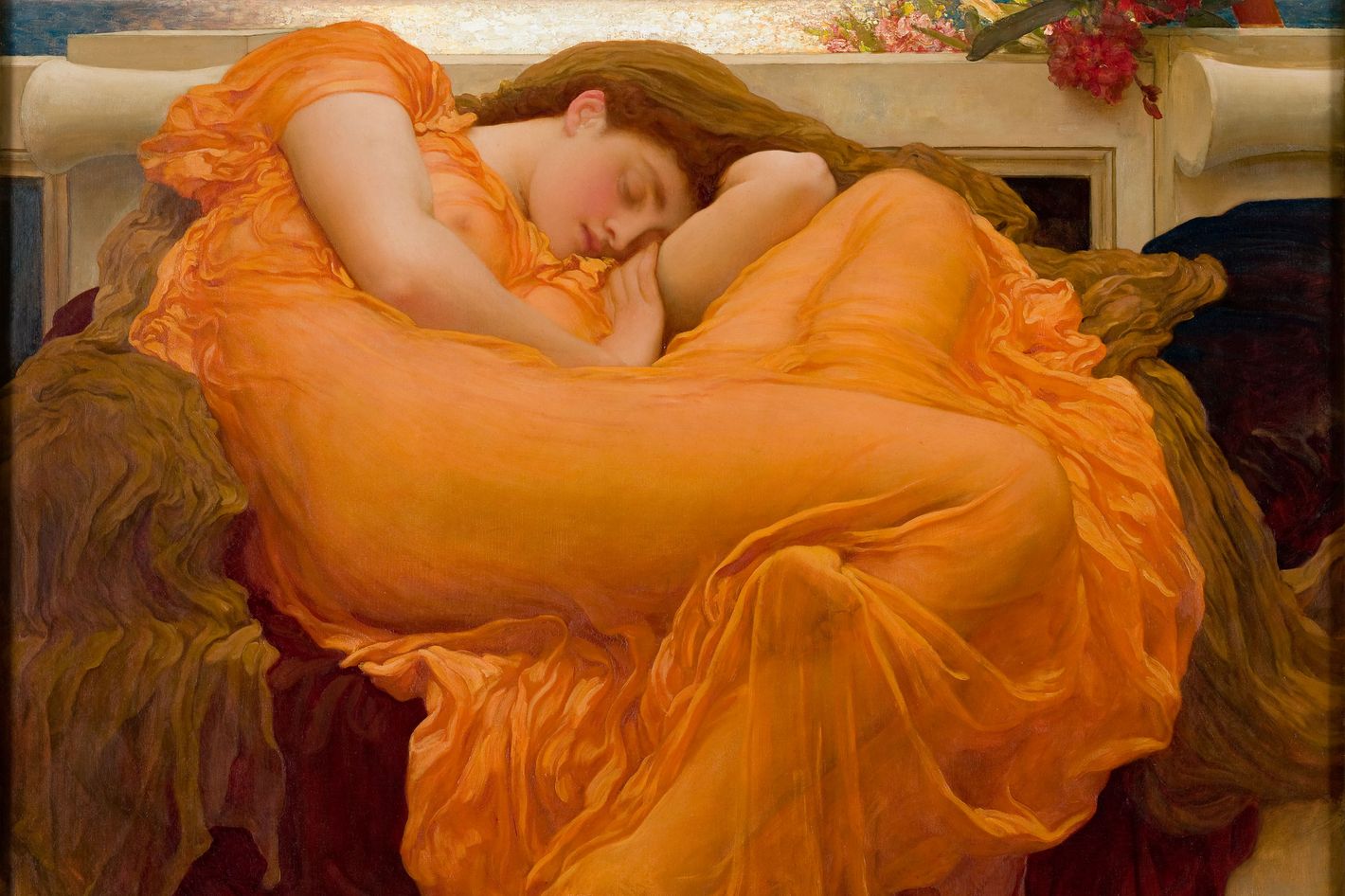
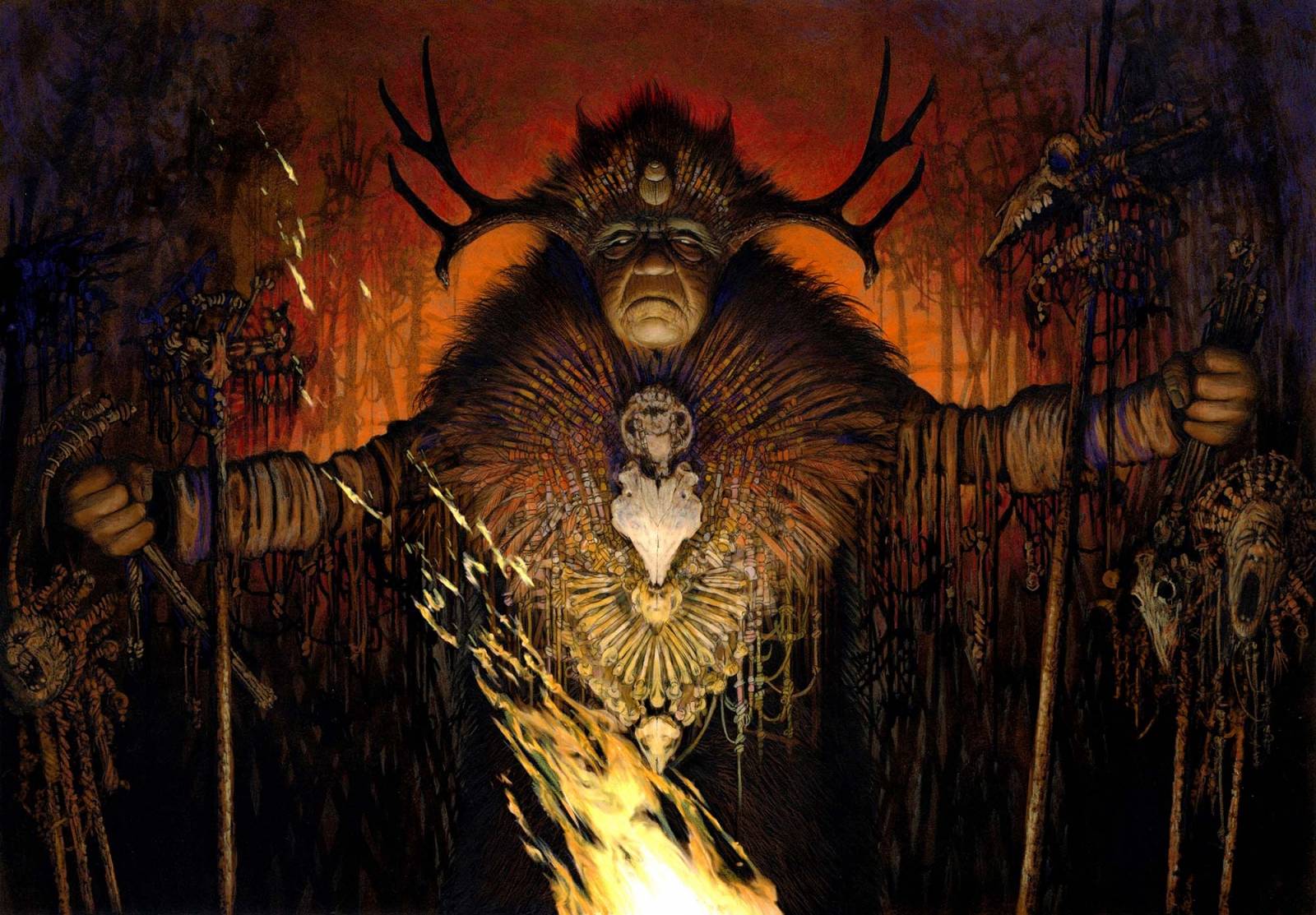
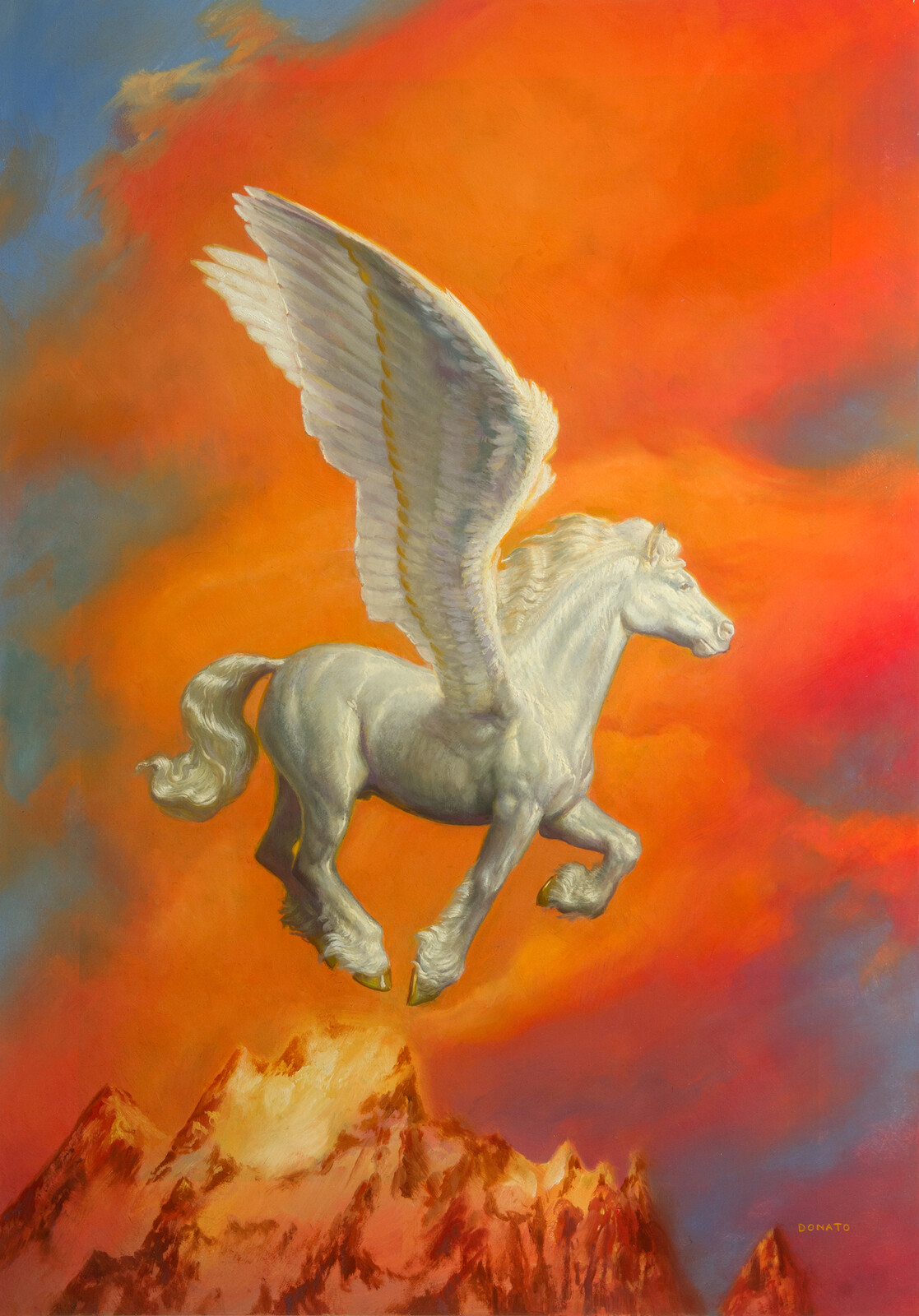
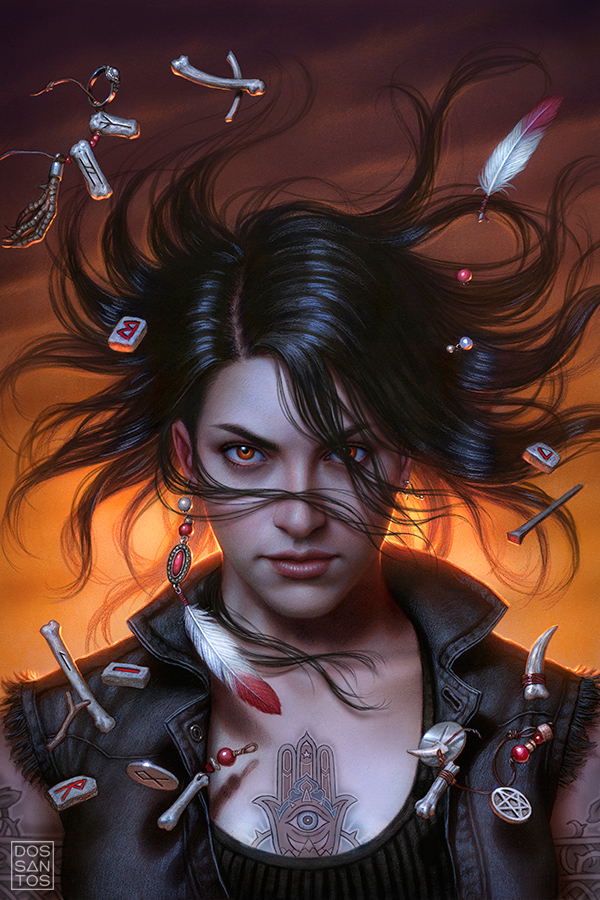
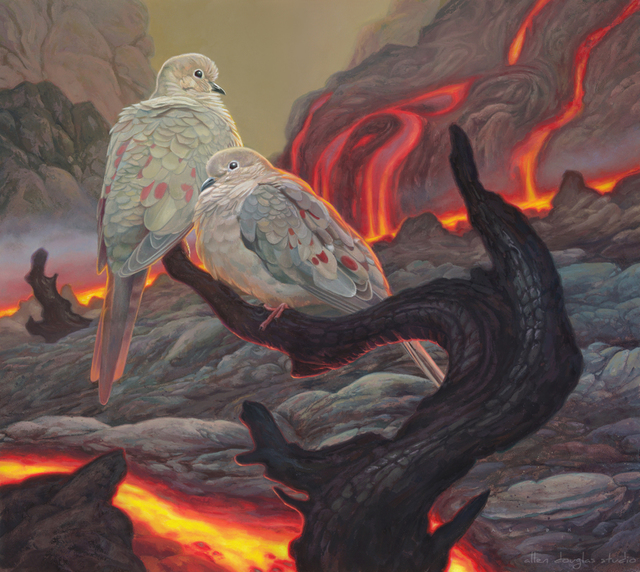
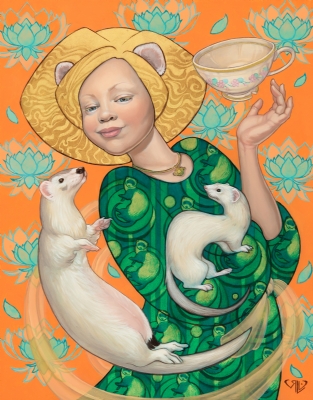
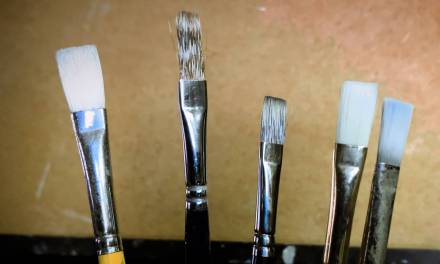
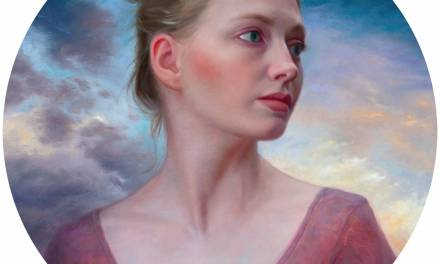
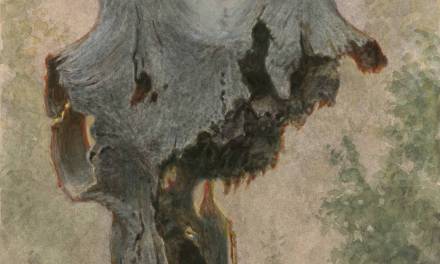
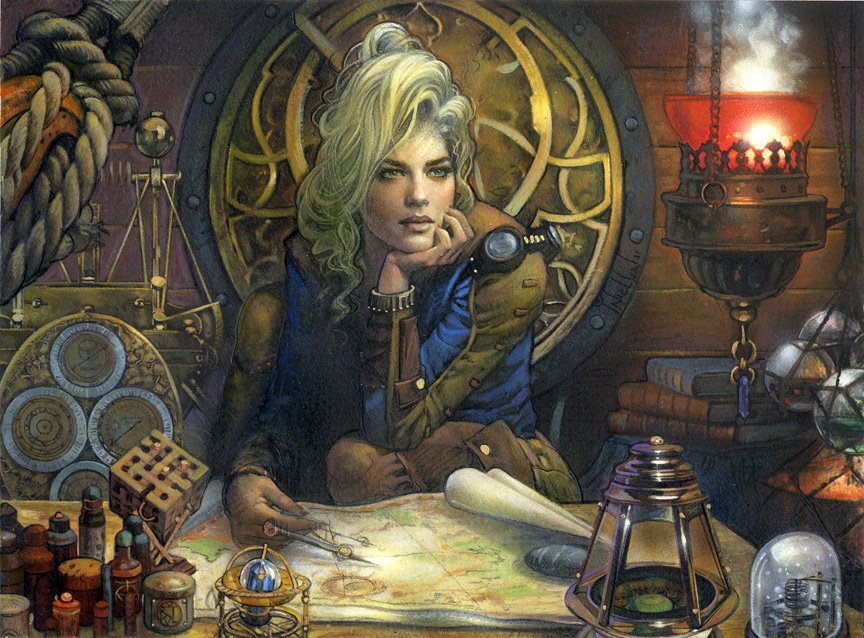
thanks for sharing 🙂
Happy you enjoyed it! 😉 Thanks for commenting.
Wonderful post!! The stories and thoughts around color is fascinating. Thanks for taking the time to put this together.
Thanks Erich! We have been enjoying “The Secret Lives of Color” so much. It was a gift from an artist friend, Amy Jiaou. Delighted you enjoyed the excerpts as well! 🙂
The post is back!
I thought it was a Halloween trick, as I visited the post early today, but had to postpone reading it through to help a couple clients. When I came back, it was gone! For quite a while, too. Glad to see it restored!
Ha Ha! Yes, Thomas, you are right – the post pulled a Halloween trick on all of us! When I closed my WordPress editing window this morning, it completely deleted the post… I noticed the problem a bit later and the ever fabulous Dan Dos Santos fixed it for me midday. Thanks much for checking back in. Maybe it really was the “Halloween Ghost Post” this time!
Thank you so much for making me discover amazing art through these posts, I feel a surge of inspiration every time I go on this website.
Hi Marion, thanks for your comment! Yes, I agree with you – in these times, it is so important to stay in touch with each other’s creativity. I heard something interesting on a Proko podcast this afternoon. They said that “inspiration” also means “breathing in” and after this breathing in, then we have to breathe out – which is our own creativity…the things we are then inspired to make. Wishing you much creativity in the coming month! 🙂
Thanks for the review of color and the stunning artworks!
You’re welcome! I always learn so much doing the research on color and artwork. It’s a pleasure to share these color articles.